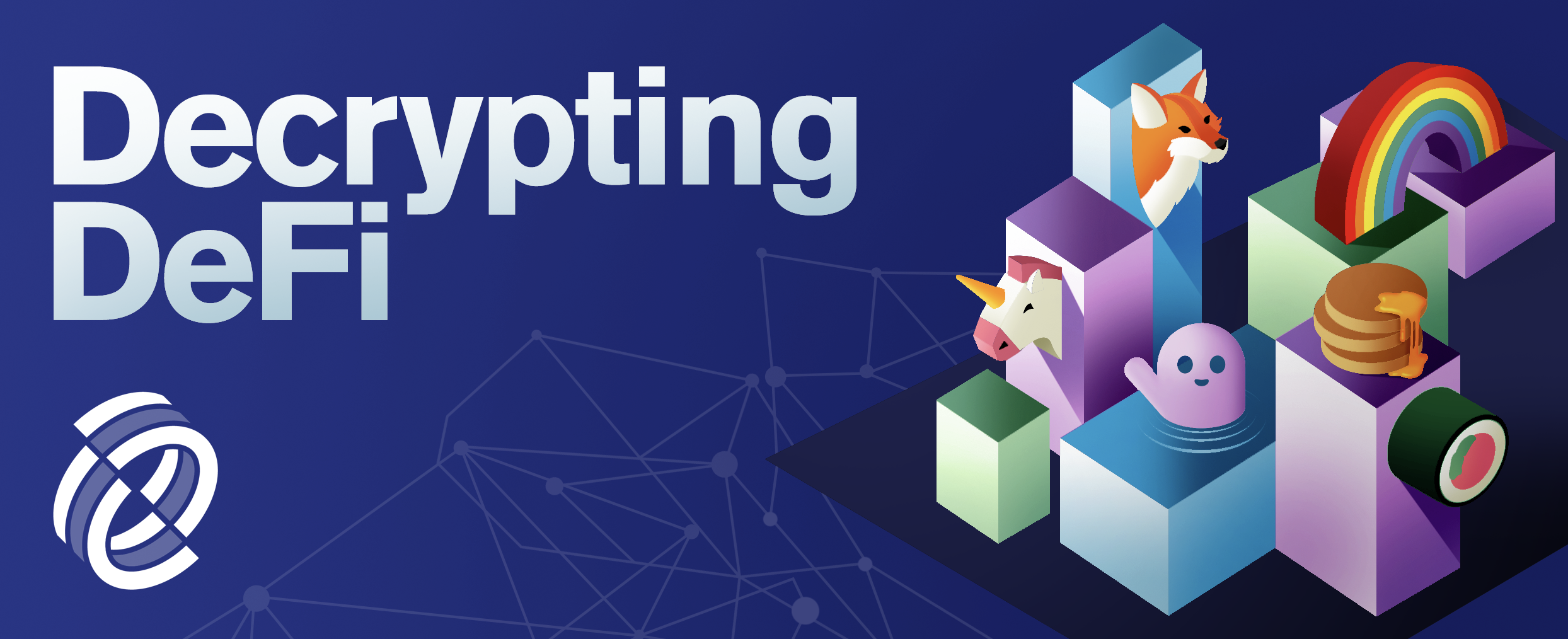
Decrypting DeFi is Decrypt's DeFi email newsletter. (art: Grant Kempster)
A layer-2 airdrop and two mainnet launches has the market clamoring for more scaling action.
On March 23, Arbitrum finally distributed its highly-anticipated ARB token, decentralizing its inventory into the hands of its most dedicated users. The hype was so fierce, though, that it took down the project’s main website as well as that of Arbiscan—Arbitrum’s Etherscan equivalent—because eligible wallets could claim their airdrop via either site.
Two more scaling solutions have since joined the arena: zkSync and Polygon’s similar zkEVM product.
The latter “zero-knowledge” launch saw its first transaction executed by none other than Vitalik Buterin. He wrote into the transaction a message: “A few million constraints for man, unconstrained scalability for mankind.”
With so many solutions entering the market, which layer-2 will capture the lion’s share of users?
They’re all relatively speedy, compatible with Ethereum, and have relatively similar warnings on the label. Matter Labs’ zkSync is explicitly an “alpha” launch, and Polygon has called its offering “beta.”
When asked how a layperson is expected to know the difference. Anthony Rose, zkSync’s head of engineering and also formerly an engineer at Musk’s SpaceX, told Decrypt that “the systems will look somewhat similar early on, but once you project them out six months, four months, or five years, these will look very different.”
This is due to the various tradeoffs and design choices that each team has made.
That said, what exactly are they?
Rollups all the way down
All three projects mentioned above are a variety of rollup. StarkWare and Optimism are also using rollup technology.
In broad strokes, these operate as a separate layer atop the Ethereum network to lighten the mainnet’s load. Instead of executing work on Ethereum, all of the same activities like trading coins or taking out loans are done on this layer-2 rollup.
Every so often, evidence that these activities have happened—like which coins were swapped and who’s borrowing what—is compressed into a small bit of data. This small bit of data is then sent to Ethereum for execution. This helps scale Ethereum by essentially reducing the raw data clogging up the network.
But there are differences in how rollups are designed. These boil down to either zero-knowledge (or “zk”) rollups or so-called optimistic rollups.
StarkWare, zkSync, and Polygon’s offering have opted for the former, while Arbitrum and Optimism have opted for the latter.
These two designs differ in the way that those compressed, layer-2 transactions are verified. Rollups using zero-knowledge cryptography must harness a hefty amount of computation power to compress those above-mentioned bits of data into proofs. Optimistic rollups don’t do this, opting instead to assume every transaction made on layer-2 is legitimate and valid, but providing a seven-day window where users can challenge that validity.
These distinctions haven’t necessarily manifested themselves in any clear winners, but as zkSync’s Rose mentioned, in a few years the field will likely look a whole lot different.
For those curious, Arbitrum currently dominates the layer-2 rankings with $6 billion locked up and 66% of the market. It’s also been around the longest, officially launching in August 2021.
Still, users are clearly interested in zkSync’s new product. L2 Beat shows an uptick in new money flowing in at a whopping rise of 464%.
Until then, let the L2 games begin.
Decrypting DeFi is our DeFi newsletter, led by this essay. Subscribers to our emails get to read the essay before it goes on the site. Subscribe here.
免责声明:本文章仅代表作者个人观点,不代表本平台的立场和观点。本文章仅供信息分享,不构成对任何人的任何投资建议。用户与作者之间的任何争议,与本平台无关。如网页中刊载的文章或图片涉及侵权,请提供相关的权利证明和身份证明发送邮件到support@aicoin.com,本平台相关工作人员将会进行核查。




